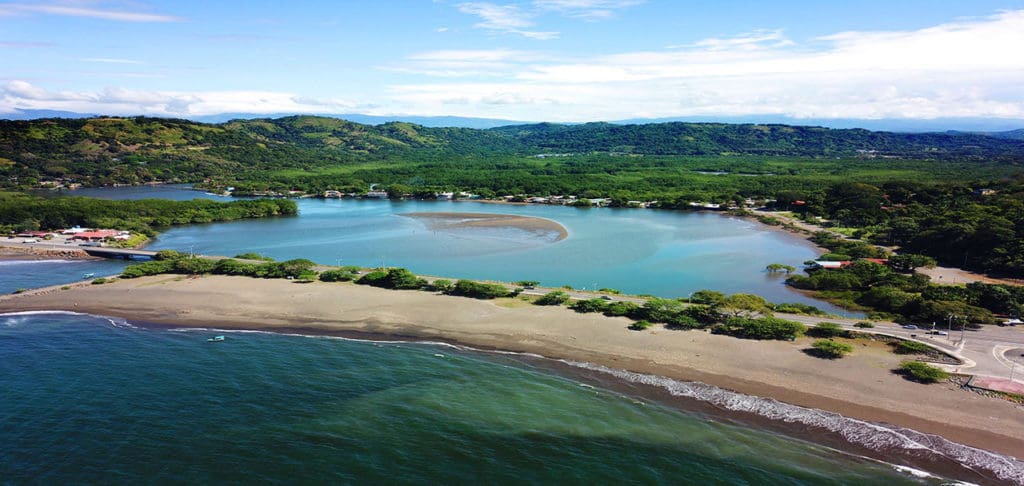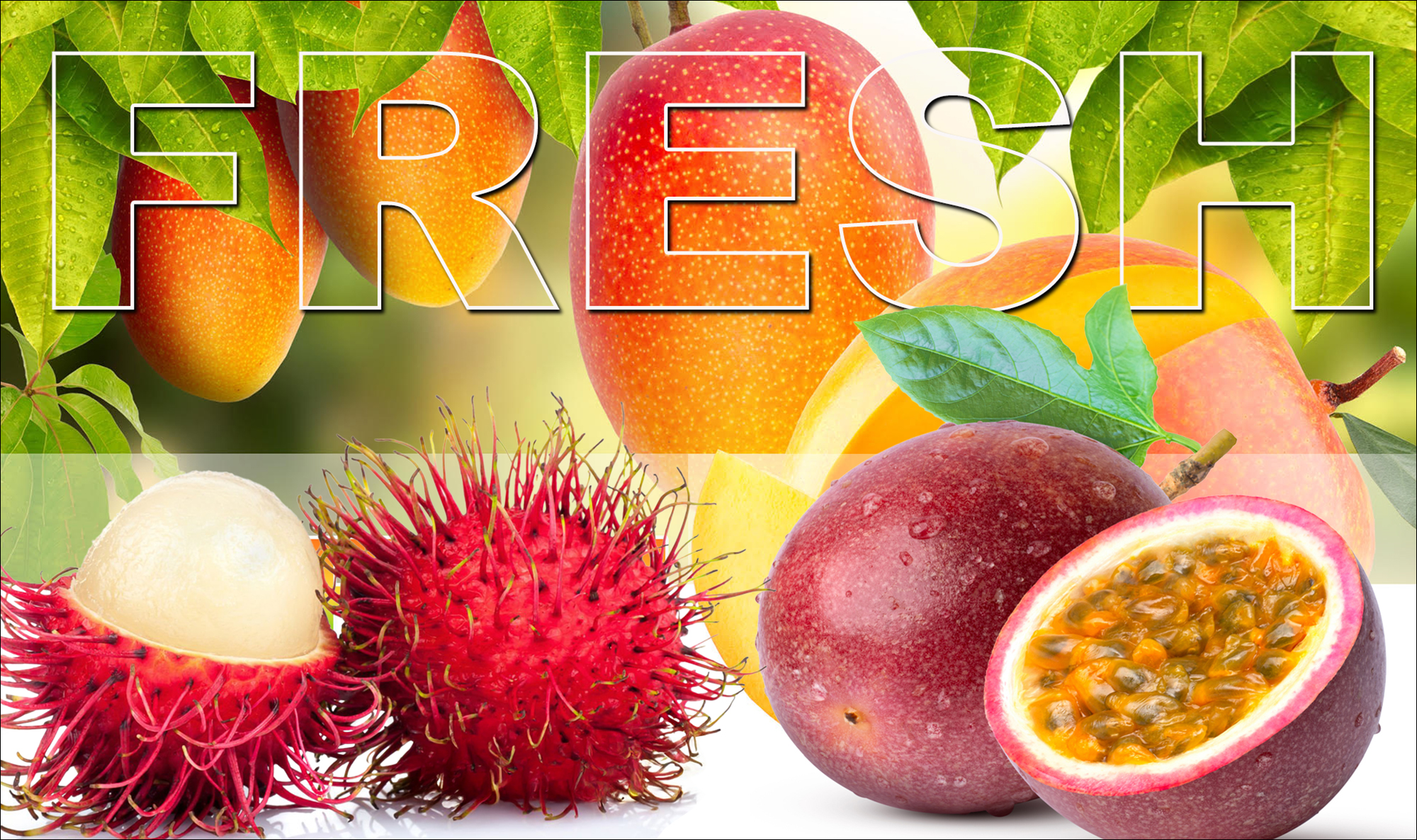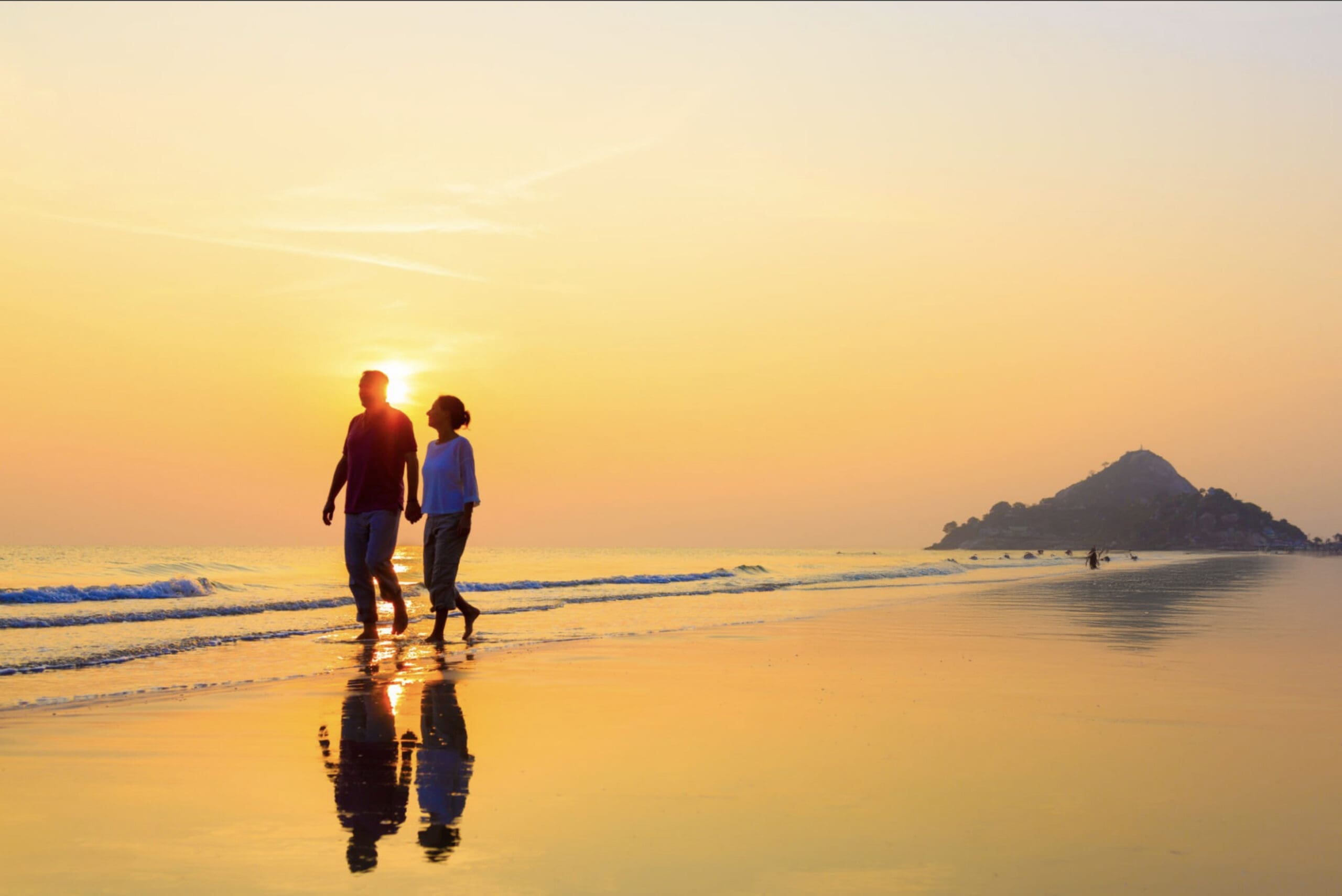
So, you are contemplating a move to Costa Rica after being intrigued by the promise of its unique beauty and livability. Going back to 1500, Christopher Columbus gave it the name which translates into “Rich Coast.” It had nothing to do with gold, despite that being a major preoccupation. (And there was gold here.) Without drifting off into unpleasant history about poor old Chris (much of it false), I’ll explain why Costa Rica was so important to him. It applies to the current day.
Costa Rica has the least volatile weather compared to the hurricane-plagued or excessively humid areas to the north and south. Also, Costa Rica is covered in a meter-deep topsoil rich in minerals. That unique element evolved from multi-billion-year cycles of descending volcanic ash mixing with the rotation of vegetation growth, decay, and re-growth. Costa Rica evolved as a stable, healthy democracy mainly due to its consistent ability to produce food quickly and abundantly. The lack of extreme weather was also conducive to maintaining structures that would not be blown down or away by hurricanes experienced in other coastal areas. Costa Rica has the most life-sustaining environment in all of Central America and South America and the Caribbean.
That stable agricultural-centered environment is one of the primary reasons democracy took hold so firmly in Costa Rica compared to other countries. (Frequent hurricanes in those countries to the north would destroy agribusinesses and render them back into poverty. A ripe environment for militant rule and perpetual poverty.)
There is the primal Costa Rica difference: Year after year of stable weather, lots of sunshine, consistent rainfalls on meters deep, mineral-laden soils = the ability to produce abundant produce. Minimal storage and no chemical preservatives are required. Field ripened to the dinner table at an affordable price and is easy to find.
I have lost count of how many clients have told me that they effortlessly experienced improvements in their well-being and physical health just one year after moving to Costa Rica. They shed kilos of unwanted weight without any diets or extra effort. They also discarded a lot of their many prescriptions. All due to the relaxed lifestyle, climate, clean air, and spectacular variety of fresh, field-ripened produce within easy reach.
Fundamental, measurable changes for the better.
Some may take this for granted, while others of you are less aware of how this element of Costa Rica could make such a difference to your vitality and immune system. In these times of covid, immune health is all the more critical.
OK, Fine, Laura. But WHERE should we settle in this paradise?
Let’s begin with this: Costa Rica is nestled between two oceans and their unique shifting currents of annual weather. Most of Costa Rica’s surface area is heavily forested (50% protected), and there is a lot of mountainous terrain. That combination contributes to at least twelve distinctive climates within this small country. The higher you go, the cooler it gets. Therefore, the sea level areas are the hottest. (Ice was found in the roadside ditches of highest elevations recently.) But the majority of Costa Rica is classified as RAIN forest. So the challenge is to find that climate and topography that ideally suits your personal preferences. This can be a considerable challenge to couples with opposing likes and dislikes. It would be best if you found a middle ground in such circumstances. Not to worry.
While it might be fascinating to visit some wildlife reserves or any number of protected forest areas, they are not suitable for living environments. You don’t want to worry every day about something that can bite, poison, infect, or worse, eat you. Very intrusive. You also don’t want to end up in an isolated area with little personal security from criminal elements. Where you eventually choose to live must be given much thought.
And remember: Most people you quiz for information have highly biased opinions. You need to travel around and ask many questions once you drive into an area that holds appeal. Compare and contrast thoughtfully. As you explore, be aware of the time of year. There is a distinct green (wet!) season and a hot, dry season. Costa Rica turns from green to brown and tan, then back again, almost like there is a giant switch. Each area has its variations of such changes.
Common areas to live in Costa Rica
I will list here the most common areas settled by my clients, 90% of whom reside in the rural outreaches far from the Central Valley and the capital city of San Jose.
All these following areas can be explored virtually on a convenient 3D App called Google Earth Pro (free): https://www.google.com/intl/es-419/earth/versions/
Be sure to download the For Computers version.
Then you can go exploring right away without even having come to Costa Rica for the first time. It’s the fastest way to see and comprehend the lay of the land and the varying topography. You will also see population concentrations vs. isolated areas.
- Central to north Pacific. Start with Playa Jaco, a significant beach community closest to the Central Valley (about 90 -120 minutes from San Jose Airport.).
- South of Jaco, there are the pretty popular areas of Manuel Antonio/Quepos, Dominical, Uvita, and Palma Norte, with several communities in between. Remember that the further south of Jaco you travel, the more humid and wet it gets. There are many sea-level communities and many homes widely spaced up on the mountainsides up from the oceanside. Those can feel relatively isolated after a time.
- Moving inland from that stretch, there is the moderately famous town of Perez Zeledon. Though isolated, it is a very well-developed and sizeable town with all modern conveniences.
- Moving north of Jaco up the Pacific coast, you have the top-rated beach communities of Nosara, Samara/Carillo, Flamingo, Tamarindo, and Conchal up to Playa Coco and Playa Hermosa – with numerous well planned and built communities in between.
- The crown jewel of all of Costa Rica is Peninsula Papagayo. You owe it to yourselves to at least pay a visit, even if it is only for lunch or supper. (Pricey!) There is a reason why the Costa Rica government decided to invest billions in a major airport (Liberia) and a massive ultra-modern highway system from Puntarenas up to Liberia. They deem it the most idyllic area for ex-pats and Ticos to retire or have resort homes.
- If that area strikes you as too hot and dry in summer, you want to head inland to Nuevo Arenal, nestled midway down the side of a man-made lake at the foot of the famous Arenal Volcano. There is another well-developed town on the opposite side of Lake Arenal called Tronadora and nearby Tilarán. Those communities are near one of Costa Rica’s most popular tourist towns, La Fortuna.
- On the Atlantic side of Costa Rica, on the coast highway between the main port of Limon and the Panama border 90 minutes to the south, there is the beach community of Puerto Viejo de Talamanca. A bit of a rougher and wetter landscape, but very appealing to more and more ex-pats. Not for everyone.
- Another popular area is the mountainous corridor from Atenas, Grecia, Naranjo, Palmares, and San Ramon. That area is within 40 minute drive to the edge of San Jose and the main airport. It features a wide variety of venues to suit all budgets. This is also the area with the best overall weather in Costa Rica.
- Finally, we come to the Central Valley and the capital city of San Jose, where most of Costa Rica’s 4.5 million people live. The most popular parts of San Jose for ex-pats are Escazu and Santa Ana. Both are located on the periphery of the city proper and have excellent weather all year round. They also feature every major convenience you’d find in South Florida, albeit at much higher prices. Both communities have terrific gated communities but are also highly congested. Lots of pros and cons. Coming into San Jose from the airport, you will also find the neighborhood of Cariari behind the Hilton DoubleTree hotel. Then, there is the increasingly popular neighborhood of Rohrmoser Sabana near the National Stadium.

I have skipped over many other communities, but those will pop up as you explore. They are too numerous to list here. Be sure to ask around and listen very carefully to the question: Why did you choose to live here? You’ll hear a wide variety of reasons.
Deciding where to live in Costa Rica is a combination of fact-finding and intuition. Look with both eyes and listen v-e-r-y carefully with both ears. Every place you visit will give off a very distinctive vibe.
It is also best to rent for the first year or during visits here that may last for only months in different areas or neighborhoods. You only want to decide once because changing venues in Costa Rica can be a massively stressful and financially risky endeavor.
Finally, do not do this on your own. Seek out and thoroughly vet a professional realtor. You need to understand that there is no real estate board in Costa Rica nor government certification of anyone calling themselves a realtor. Land ownership here is also very “interesting.” You need a professional to help you be sure you are buying something correctly and that you will end up with actual ownership. NEVER assume anything. For those interested in a referral from me to a TRUSTED realtor and real estate lawyer, please feel free to contact me. My list is short and highly reliable.
Laura.




